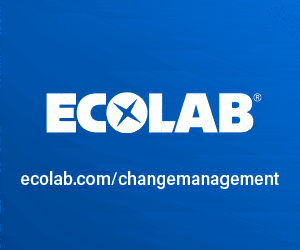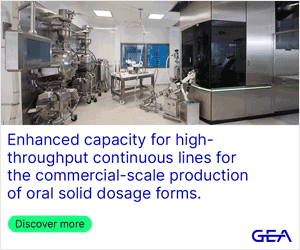At ACHEMA 2022, GEA is highlighting its emission reduction technologies, including those that enable the capture of carbon dioxide from waste gases by CO2 scrubbing.
GEA's solutions can significantly help plant operators to reduce environmentally harmful emissions — especially in high emitting industries — improving their energy efficiency and facilitating the path to a carbon-neutral production.
GEA offers small and medium-sized CO2 capture plant with great flexibility, allowing customers to capture CO2 from very diverse exhaust gas compositions; this includes solutions using carbonates, amines or ammonia.
Many industries classified as high CO2 emitting sectors
Power plant that use fossil fuels as well as the waste incineration, steel, aluminium, glass, fertiliser and cement industries, have one thing in common: they are all classified as highly CO2 emitting industries.
Carbon dioxide (CO2), one of several greenhouse gases, absorbs and reradiates infrared radiation (radiant heat) emitted from the Earth's surface, contributing to the greenhouse effect.
Although CO2, methane and water vapour are the most common greenhouse gases, near-surface ozone and fluorinated gases also trap infrared radiation. Once released, greenhouse gases can remain in the atmosphere for hundreds or even thousands of years.
GEA with solutions to facilitate carbon capture, storage and utilisation
Advanced carbon capture, storage and utilisation (CSS/CCU) technologies are used when CO2 is produced in factories and fossil-fuel powered plant. In some industries, energy related CO2 emissions are accompanied by process-related emissions from the conversion of the feedstock itself (for example, calcium carbonate (CaCO3) to calcium oxide (CaO) and carbon dioxide (CO2) in the cement industry) and therefore cannot be avoided by reducing the energy demand of the process or by switching to alternative fuels.
Capturing CO2 before it enters the atmosphere and then using or storing it is a viable option and critical to minimising the greenhouse effect.
GEA's emission reduction technologies meet all the necessary requirements for the use of CO2 scrubbing, a process to capture carbon dioxide from exhaust gas.
However, before this is possible, the exhaust gas must be cleaned. For the CO2 capture system to perform efficiently (for example, through amine scrubbing) and to ensure that the absorption medium continues to function, CO2 capture systems require clean flue gases.
First step: pretreatment and fine dust separation
The first step is pretreatment and fine dust separation. Here GEA offers various solutions to remove pollutants, including sulphur and nitrogen oxides. Once the exhaust gas is clean, CO2 capture can begin. To ensure that the process does not interfere with production, GEA recommends downstream processes for CO2 separation.
Second step: CO2 capture
GEA recommends to first evaluate stable, predictable and compatible recovery pathways for the captured CO2 before for the manufacturers select a capture process and its associated equipment.
GEA offers small and medium-sized CO2 capture plants with great flexibility, allowing customers to capture CO2 with varying degrees of purity from very diverse exhaust gas compositions; this includes solutions that utilise carbonates, amines or ammonia.
CO2 captured from industrial processes — or extracted from the atmosphere — can be used in place of carbon from fossil sources. Captured CO2 is already being used for many applications and industries, some examples include
- enhanced oil and gas recovery (EGR): CO2 is injected into depleted oil or gas reservoirs to increase oil/gas recovery
- production of carbonated beverages
- hardening of concrete
- raw material for chemical production of, for example, plastics, or e-fuels such as methanol
- promotion of algae growth as feed for fish farming.
GEA strongly promotes development of CO2 reduction
To meet the urgent need to reduce emissions worldwide, GEA has gathered a team of experts to bring forward the development of CO2 reduction in highly emitting industries. With a focus particularly on
- an increase in the energy efficiency of production and emission processes
- solutions that facilitate carbon capture, storage and utilisation.
As an established global leader in the design, engineering and installation of emission control systems and technologies for customers in major process industries, GEA has more than a century of experience. This diverse portfolio includes
- gas cleaning technologies for the iron and steel, non-ferrous metallurgy, glass, cement and chemical industries
- gas cleaning solutions for fluid catalytic cracking plants in refineries
- wet, semidry and dry scrubbers for highly efficient off-gas cleaning.





